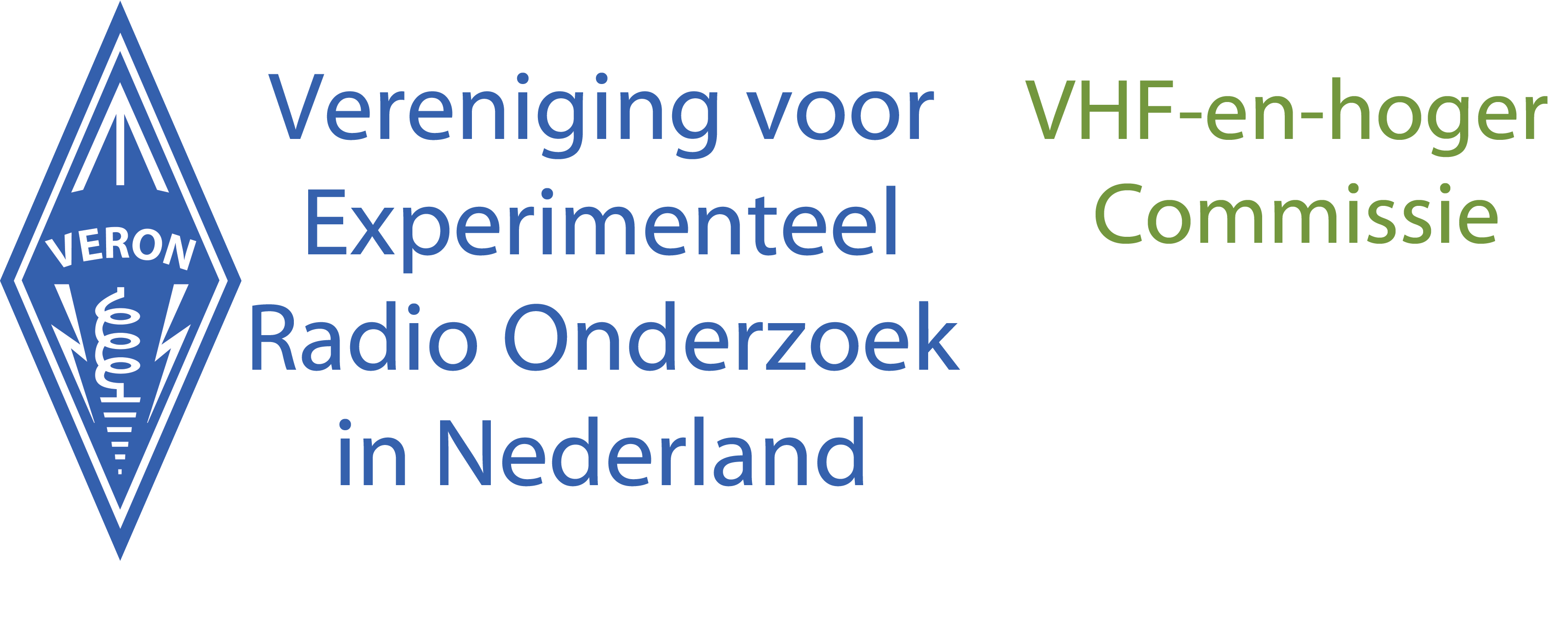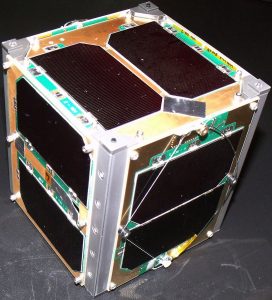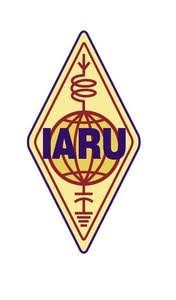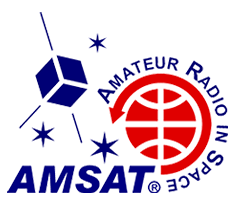ISS radiocontact hoorbaar in Europa op vrijdag 1 april om 18:34 UTC
Op vrijdag 1 april is er weer een schoolstation verbinding te beluisteren tussen de Engelse astronaut Timothy Peake, KG5BVI, en het National Soaring Museum, Elmira, in New York. Het contact begint om 18:34 UTC op 145,800 MHz in FM. Denk aan de doppler verschuiving van +/- 3 KHz. Iets eerder beginnen te luisteren is overigens aan te raden. Timothy Peake gebruikt dit keer de roepletters OR4ISS. Dit zijn de roepletters van het Europese deel van het ruimtestation.
De verbinding met het Museum in New York is dit keer een zogeheten telebridge verbinding. Dat wil zeggen dat het museum telefonisch contact maakt met Houston en Houston zet de verbinding weer door naar het ARISS grondstation van IK1SLD in Italie.
Het National Soaring Museum staat boven op de Harris Hill, en heeft uitzicht over Elmira, New York, the “Soaring Capital of America”. Het National Soaring Museum is in 1969 opgericht en in 1979 en 1989 grondig vernieuwd. De hoofdcollectie is gewijd aan vliegen zonder motoraandrijving.
De onderstaande vragen gaan gesteld worden aan Timothy Peake:
- What made you want to become an astronaut?
- Have there been any injuries on board?
- What’s a day in space like?
- How do you stay stationary on space walks if the ISS is moving?
- How far can you be from Earth and still talk to Mission Control?
- Have you ever been on a mission that’s gone badly?
- How does microgravity feel?
- How fast does the ISS go, and can you feel it moving?
- Has there been any “unearthly” sightings?
- What are you studying?
- Were you scared when you went into space?
- How do you talk to your family?
- What courses in school do you have to take to be an astronaut?
- What does it feel like to enter and exit the atmosphere?
- Are space walks difficult?
- Is microgravity difficult to deal with?
- Do you bring something with you to remind you of home?
- How long does it take to become an astronaut?
- How do you control the rocket that takes you to the Space Station?
- What’s the most rewarding thing about being an astronaut?
Bertus,
PE1KEH



